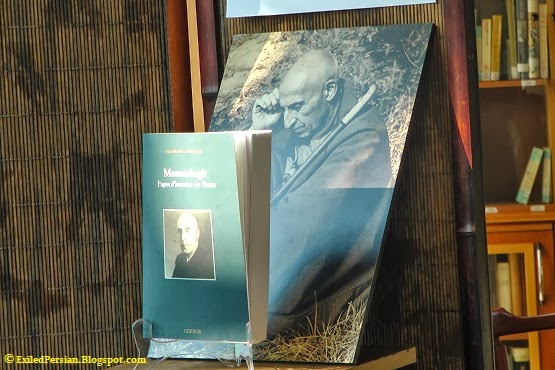ENVOY FROM PERSIA is a renowned painting by the British artist Richard Greenbury, created in 1626. This artwork reflects the artist’s fascination with Persian attire from the 17th century, a period marked by the rule of the Safavid dynasty in Persia.
The original painting is currently housed
According to the British Library's blog:
"One of the oldest oil paintings in the British Library’s collections is a massive portrait of Naqd ʻAli Beg. It was commissioned by the English East India Company in 1626 and painted by Richard Greenbury (fl.1616-1651). In that year, Naqd ʻAli Beg came to London as the envoy of Shah ʻAbbas of Persia (r.1587-1629), to meet the British monarch, King Charles I (r.1625-1649).
His mission to England went so badly that he killed himself on the journey back to Iran in 1627. The circumstances behind his suicide relate to a violent quarrel that arose between him and Sir Robert Shirley at the court of Charles I. Both men claimed to be the true envoy of Shah ʻAbbas, claiming the other was an imposter, so the king ordered them to return to the Shah’s court and resolve their differences. The shame of failure was too great for Naqd ʻAli Beg to bear, hence his suicide.
It seems as if the East India Company was responsible for this terrible incident. According to a document in the British Library, Sir Robert Shirley was, in fact, the true envoy of Shah ʻAbbas, and had returned to England in 1624, two years before the arrival of Naqd ʻAli Beg. However, Shirley had angered the East India Company by trying to negotiate a monopoly for the trade in Persian silk with the King of Spain. Such an agreement would have undermined the silk trade with England. The East India Company’s response was to slander Shirley, and to put in place another envoy to the Shah of Persia, who would support trade with London..."



















































